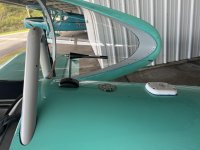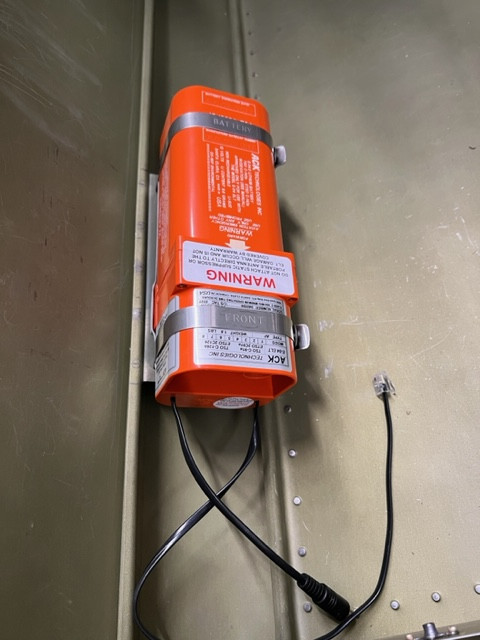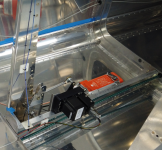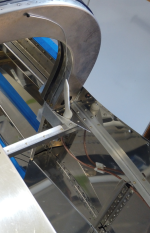springcanyon
Member
Greetings,
I just installed a "AmeriKing" ELT. I am looking for suggestions as to placement of the ELT antenna. The AmeriKing manual recommends a 36" ground plane. That pretty much dictates an outside mount, yet I don't recall seeing very many ELT antennas on RV's. I really hate to stick an ELT antenna on top of my fusalage, but if ever required, I would like the thing to work. Any suggestions?
Thanks,
Don Owens
I just installed a "AmeriKing" ELT. I am looking for suggestions as to placement of the ELT antenna. The AmeriKing manual recommends a 36" ground plane. That pretty much dictates an outside mount, yet I don't recall seeing very many ELT antennas on RV's. I really hate to stick an ELT antenna on top of my fusalage, but if ever required, I would like the thing to work. Any suggestions?
Thanks,
Don Owens








